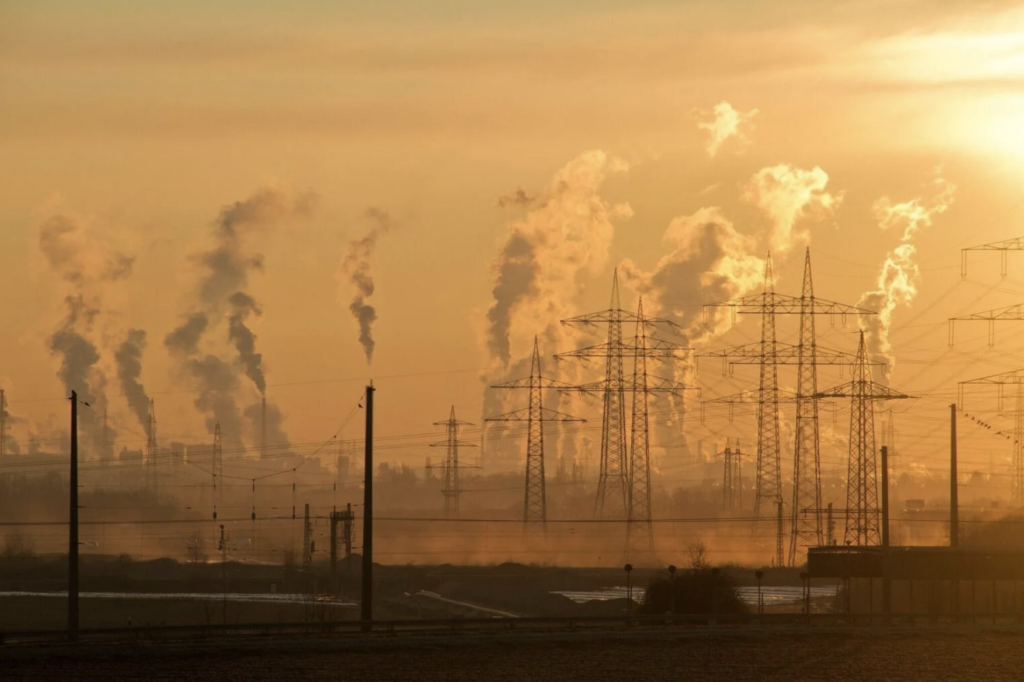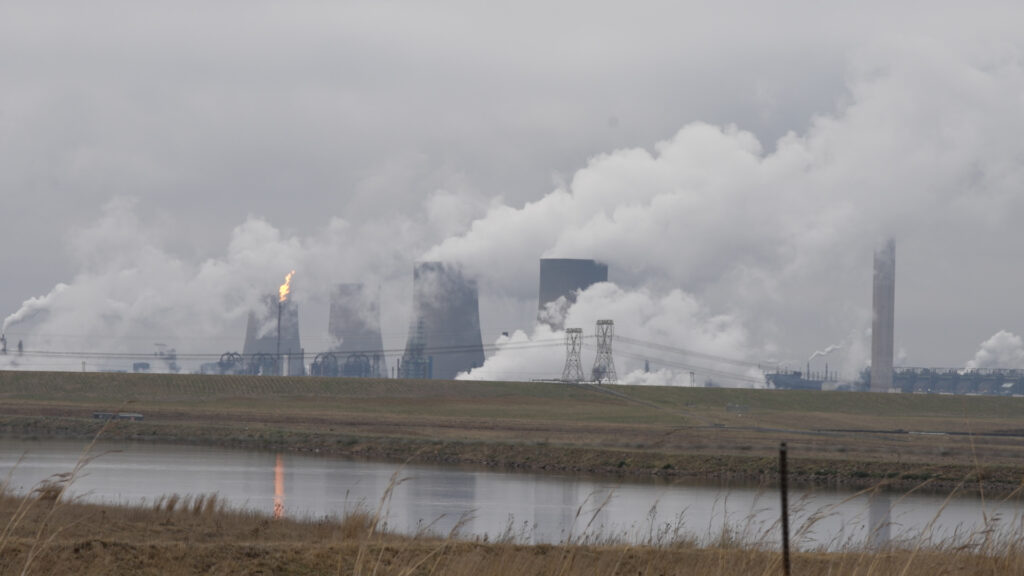- Breathing in polluted city air for just one year increased the chance of people developing type 2 diabetes, a study from India shows.
- Another study in the same group of people showed that air pollution can also lead to high blood pressure.
- Putting rules in place to bring down the amount of air pollution in cities may help to lower the levels of lifestyle diseases such as type 2 diabetes, heart problems and high blood pressure.
Inhaling polluted air increases the risk of type 2 diabetes, the first study of its kind in India has found. Research conducted in Delhi and the southern city of Chennai found that inhaling air with high amounts of PM2.5 particles led to high blood sugar levels and increased type 2 diabetes incidence.
When inhaled, PM2.5 particles — which are 30 times thinner than a strand of hair — can enter the bloodstream and cause several respiratory and cardiovascular diseases.
The study is part of ongoing research into chronic diseases in India that began in 2010. It is the first to focus on the link between exposure to ambient PM2.5 and type 2 diabetes in India, one of the worst countries in the world for air pollution.
Something is in the air
The average annual PM2.5 levels in Delhi was 82—100μg/m3 and in Chennai was 30—40μg/m3, according to the study, many times the World Health Organisation (WHO) limits of 5μg/m3. India’s national air quality standards are 40μg/m3.
There is also a high burden of noncommunicable diseases, including diabetes, hypertension and heart disease in India; 11.4% of the population — 101-million people — are living with diabetes, and about 136-million are pre-diabetic, according to a paper published in The Lancet in June. The average diabetes prevalence in the European Union was 6.2% in 2019, and 8.6% in the UK in 2016.
The Lancet study found India’s diabetes prevalence to be higher than previous estimations and showed a higher number of diabetics in urban than rural India.
In the BMJ study, the researchers followed a cohort of 12 000 men and women in Delhi and Chennai from 2010 to 2017 and measured their blood sugar levels periodically. Using satellite data and air pollution exposure models, they determined the air pollution in the locality of each participant in that timeframe.
They found that one month of exposure to PM2.5 led to elevated levels of blood sugar and prolonged exposure of one year or more led to increased risk of diabetes. They found for every 10μg/m3 increase in annual average PM2.5 level in the two cities, the risk for diabetes increased by 22%.
Lifestyle, the environment and the body
“Given the pathophysiology of Indians — low BMI [body mass index] with a high proportion of fat — we are more prone to diabetes than the western population,” said Siddhartha Mandal, lead investigator of the study and a researcher at Centre for Chronic Disease Control, Delhi.
The addition of air pollution — an environmental factor — with lifestyle changes in the past 20 to 30 years is fuelling the increasing burden of diabetes, he said.
“Until now, we had assumed that diet, obesity and physical exercise were some of the factors explaining why urban Indians had higher prevalence of diabetes than rural Indians,” said V Mohan, chairman of the Madras Diabetes Research Foundation and one of the authors of the paper. “This study is an eye-opener because now we have found a new cause for diabetes that is pollution.”
Another study on the same cohort in Delhi, found average annual exposure to PM2.5 in Delhi (92μg/m3) led to increase in blood pressure levels and higher likelihood of developing hypertension.
Together, the studies show that the higher-than-safe levels of PM2.5 in the air in Indian cities cause diabetes and hypertension that could lead to atherosclerosis (the build-up of fatty deposits in the arteries), heart attacks and heart failures, said Mandal.
PM2.5 contains sulfates, nitrates, heavy metals and black carbon that can damage the lining of blood vessels and increase blood pressure by stiffening the arteries. The particles can get deposited in the fat cells and cause inflammation and can also attack the heart muscle directly, said Dorairaj Prabhakaran, cardiologist and executive director of the Centre for Chronic Disease Control and one of the authors of the paper.
Acting as an endocrine disruptor, PM2.5 hampers insulin production in the body as well as its effect.
Why city living is not so sweet
In urban India there has been a rise of hypothyroidism, polycystic ovarian syndrome and gestational diabetes. This study shows that pollution may play a part in causing all of these as it disrupts the endocrine system that produces all hormones in the body, said Mohan.
The researchers are now working to understand the impact of pollution on cholesterol and vitamin D levels in the body, and its impact on the life cycle of individuals, including birth weight, pregnant women’s health, insulin resistance in adolescents and the risk for Parkinson’s and Alzheimer’s disease, among others.
While its findings are alarming, the study gives scientists hope that bringing down pollution can decrease the burden of diabetes, as well as other noncommunicable diseases, said Prabhakaran.
Some public policy initiatives have shown results. Since a public outcry about air pollution in 2016, the central and Delhi governments have banned older diesel vehicles, limited construction, built highways that bypass the city and banned the burning of crops. Reports suggest there was a 22% reduction in PM2.5 levels between 2016 and 2021.
“This is a modest but welcome reduction. Similar measures adapted to local conditions are urgently needed across the country,” said Prabhakaran.
This article was originally published by The Guardian’s global development project – part of Guardian News & Media Ltd.
Swagata Yadavar is an award-winning independent journalist based in New Delhi. She writes on public policy, healthcare and gender related themes.




